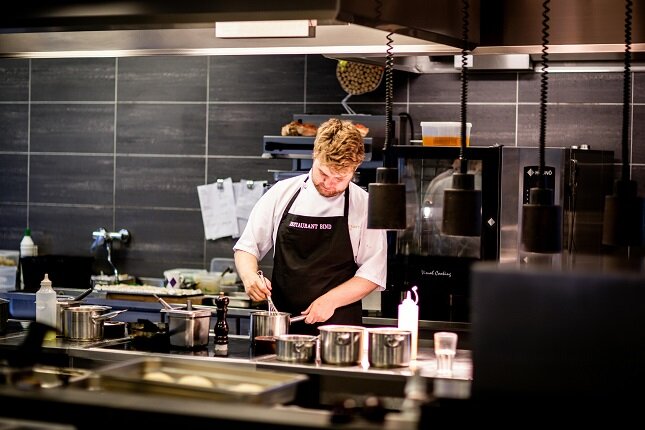When it comes to restaurants, the front of house gets the spotlight—but the back of house is where the real magic happens. If your kitchen is running smoothly, guests notice. If it’s not, they notice even more. The best kitchen operations aren’t necessarily flashy, but they are functional, consistent, and smart. Whether you’re managing a high-volume operation or a boutique eatery, a streamlined kitchen can reduce costs, improve quality, and lower stress levels for your staff. Let’s take a look at five key areas where thoughtful changes can lead to big wins.
Here’s How to Build Smart Systems from Day One
If you’re in the early stages of opening your restaurant, you already know there are a thousand decisions to make. But one of the most important is deciding how you want your kitchen to function—not just during a soft launch, but six months, a year, or five years down the road. It’s tempting to focus all your energy on the menu, the aesthetic, or the buzz—but long-term success depends heavily on the systems you put in place behind the scenes.
That includes laying out an efficient kitchen design, choosing equipment that matches your real needs (not just trends), and creating workflows that match your staff’s actual movements. The smartest operators don’t just launch and hope for the best. They treat the first few months as a chance to test, adapt, and optimize.
Let’s Talk Fryer Oil Management
Out of all the moving parts in a kitchen, fryer oil is one of the most overlooked—and one of the most expensive if mismanaged. But here’s the good news: with the right systems in place, you can actually turn waste into savings. A well-maintained restaurant oil rendering tank isn’t just about cleanliness or meeting local regulations. It’s about efficiency, safety, and dollars saved over time.
When your oil usage is tracked and recycled properly, you extend the life of each batch and reduce the frequency of costly disposal pickups. Clean oil performs better, too—delivering food that’s crisp, clean-tasting, and consistent. Your customers may not know what happens in your oil tanks, but they’ll taste the difference on their plate.
Make the Most of Prep Time
In a busy kitchen, time is currency. And nowhere is that more obvious than in your prep schedule. Too often, prep work is treated as a fill-in-the-gaps kind of task. But when you optimize it, you reduce bottlenecks, prevent burnout, and set the tone for smooth service.
That means assigning prep duties based on skill and speed, not just who clocked in first. It also means looking at your par sheets regularly and adjusting them based on actual usage—not last week’s numbers. Prep stations should be set up with tools in the right places, labeled clearly, and arranged with flow in mind. Every wasted step adds up.
Don’t Waste Time With Poor Inventory Management
Tracking your inventory may feel like one of those “we’ll get to it later” items, but that delay has a cost. Food waste, stockouts, emergency runs to the supplier—these are all signs of a system that needs streamlining. A clean, consistent inventory process saves money, reduces shrinkage, and gives you better insight into what’s actually moving.
Start with the basics: first in, first out, clear labeling, and scheduled inventory checks. Then take it further by integrating tech tools that match your kitchen’s pace. When your team has visibility into what’s on hand, they plan better. And when your purchasing matches demand more closely, you avoid over-ordering and under-serving.
Optimize Your Kitchen Layout
You don’t have to be a design expert to know that layout matters. If your staff are constantly stepping over one another, reaching too far, or taking the long way around, it’s time to rethink your setup. Every inch of counter space and every second of motion adds up to either efficiency or friction.
The best layouts are those that mirror your service flow. Hot stations near the pass, cold stations near the fridge, and prep stations where you don’t need to break stride. If your kitchen is small, vertical space matters just as much. Hang what you can, stack smartly, and eliminate redundancy.
Sometimes, small changes—like relocating a spice rack or rethinking your garbage zones—make a massive difference in how your staff moves. And when staff can move well, they can think well, communicate better, and serve faster.






































